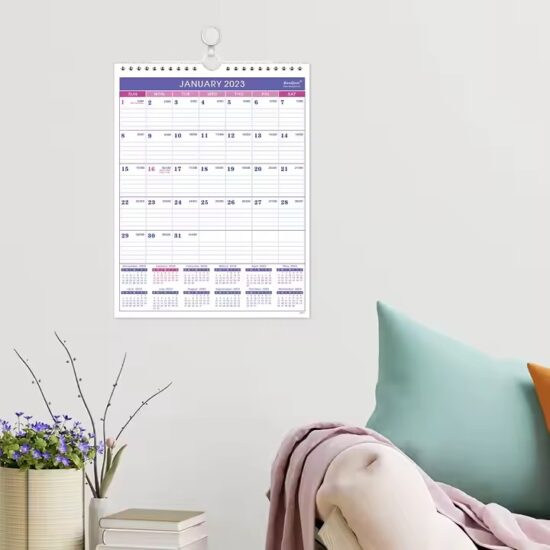bob@nbdho.com
Current Status and Future Opportunities of the Wall Calendar Industry
Current Status and Future Opportunities of the Wall Calendar Industry
The wall calendar industry, a long-standing segment of the printed products market, continues to demonstrate resilience despite the rise of digital alternatives. As of 2025, the industry maintains a steady demand driven by both traditional uses and evolving consumer preferences. This article explores the current status of the wall calendar industry and highlights future opportunities that manufacturers, wholesalers, and suppliers can capitalize on.
Current Status of the Wall Calendar Industry
-
Sustained Demand in Corporate and Consumer Markets
Wall calendars remain popular as corporate gifts, promotional tools, and household essentials. Many companies distribute customized calendars to clients and employees, reinforcing brand visibility year-round. Consumers value wall calendars for their practicality and decorative appeal, especially in homes and offices. -
Diversification of Designs and Formats
The industry has diversified beyond simple monthly grids to include themed calendars, artistic prints, and functional layouts (e.g., planners with notes sections). This diversification attracts a wider audience with varied tastes and needs. -
Challenges from Digital Alternatives
Digital calendars on smartphones and computers have undoubtedly reduced the reliance on physical calendars for scheduling. However, physical wall calendars continue to hold appeal due to their visibility and ease of use in shared spaces. -
Growing Focus on Sustainability
Environmental concerns have pushed manufacturers to adopt sustainable materials and production techniques, which have become selling points for eco-conscious buyers.
Future Opportunities in the Wall Calendar Industry
-
Expansion in Emerging Markets
Rising disposable incomes and expanding retail infrastructure in emerging economies offer substantial growth potential. Localized designs and affordable pricing can help brands tap into these markets effectively. -
Enhanced Customization and Personalization
Advances in printing technology and online design platforms allow for easy customization, catering to individual preferences and corporate branding needs. This trend is expected to accelerate, offering new revenue streams. -
Integration of Technology
Innovative features such as QR codes linking to digital content, augmented reality experiences, and smart calendar apps paired with physical calendars represent promising frontiers for the industry. -
Sustainability-Driven Innovation
The demand for eco-friendly products is set to grow. Developing biodegradable materials, zero-waste packaging, and carbon-neutral production processes will be key competitive advantages. -
Collaborations with Artists and Designers
Partnering with well-known artists or incorporating unique designs can elevate product appeal and attract niche markets, including collectors and art enthusiasts.
Conclusion
While the wall calendar industry faces challenges from digital competition, it remains a vibrant market with significant opportunities for innovation and growth. Embracing sustainability, customization, and technological integration will be critical for businesses aiming to thrive in this evolving landscape. By understanding current trends and future possibilities, manufacturers and suppliers can strategically position themselves for success.

